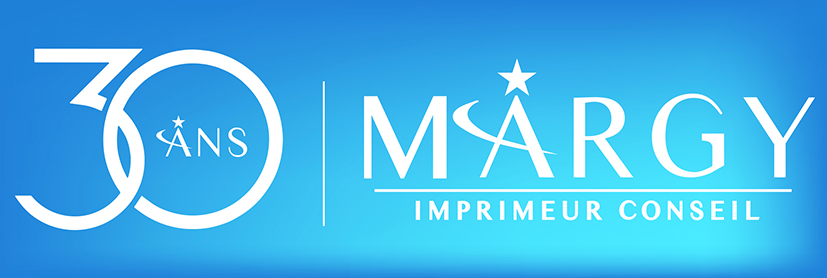These days, it’s hard to ignore the countless ways of communicating. Fun (Snapchat), photographic (Instagram, Pinterest), social (Facebook, Twitter) or even professional (email, text messaging), there are so many ways of communicating today, whatever your age or situation. Whether in our private lives or at the office, it’s become easy, even commonplace, to keep in touch with the outside world.
Mailjet, a French emailing service, examined this phenomenon in a study commissioned from Morar Consulting in March 2017.
A survey of users to understand their expectations
The study organised by mailjet focused on consumers’ expectations. The aim was to understand their habits and requirements, in order to map out future developments in the various means of communication. Nearly 2,000 people were questioned in France and the UK. The study was also reinforced by the opinions of e-mailing experts such as Leade.rs, Webedia, Litmus, Movable Ink, Boomtrain and RebelMail.
When combined, this consumer and expert data proved to be a valuable indicator of how services will evolve over the next 10 years.
Brands out of touch with consumer expectations
The results of Mailjet’s survey are edifying. A large majority of the consumers questioned (82%) gave e-mail as the essential, long-term means of communication over the next 10 years. E-mail is closely followed by SMS and Facebook. On the other hand, more playful means of communication such as Snapchat (recently floated on the stock market) or Pinterest are likely to lose users and eventually become virtually non-existent. These are marketing and communication tools that fired up users for a brief period, only to die out as quickly as they appeared.
Consumers are likely to remain loyal to more traditional but reliable means of communication, such as e-mail.
Users looking for the essentials and transparency
E-mail remains consumers’ favourite means of communication, which they consider to be the benchmark. Moreover, the study shows that consumers are not sensitive to technological innovations orchestrated by brand strategies. 44% of those questioned said they had not noticed any.
Armed with this observation, companies are going to refocus on e-mail, and give it a new lease of life. The idea is to make it even more attractive and easier to use. As a result, brands are introducing a new way of communicating with their consumers.
Similarly, the consumers surveyed emphasised the inadequacy of the advertising sent out by companies via social networks. Most of the time, these messages are poorly targeted, intrusive and irrelevant, annoying users.
Consumers therefore prefer simple, personalised uses. Clear messages and information are also expected.
The study reveals some interesting and constructive avenues to explore, which will encourage the development of communications media, and more specifically e-mail, over the next 10 years. Companies will be able to focus on more personalised and clearer ways of communicating, for captive users and effective results.
Other articles :
- Which communication media for your business?
- Digital transformation at Marketing Remix 2017
 01 44 52 02 02
01 44 52 02 02
